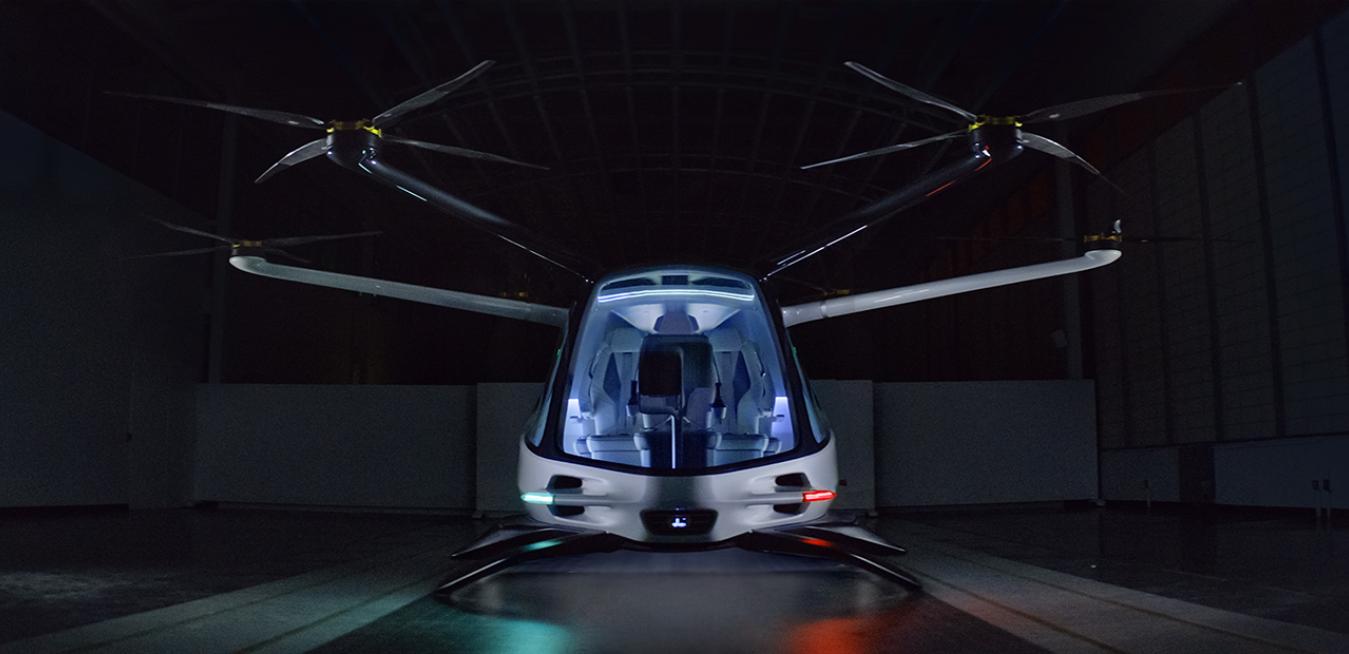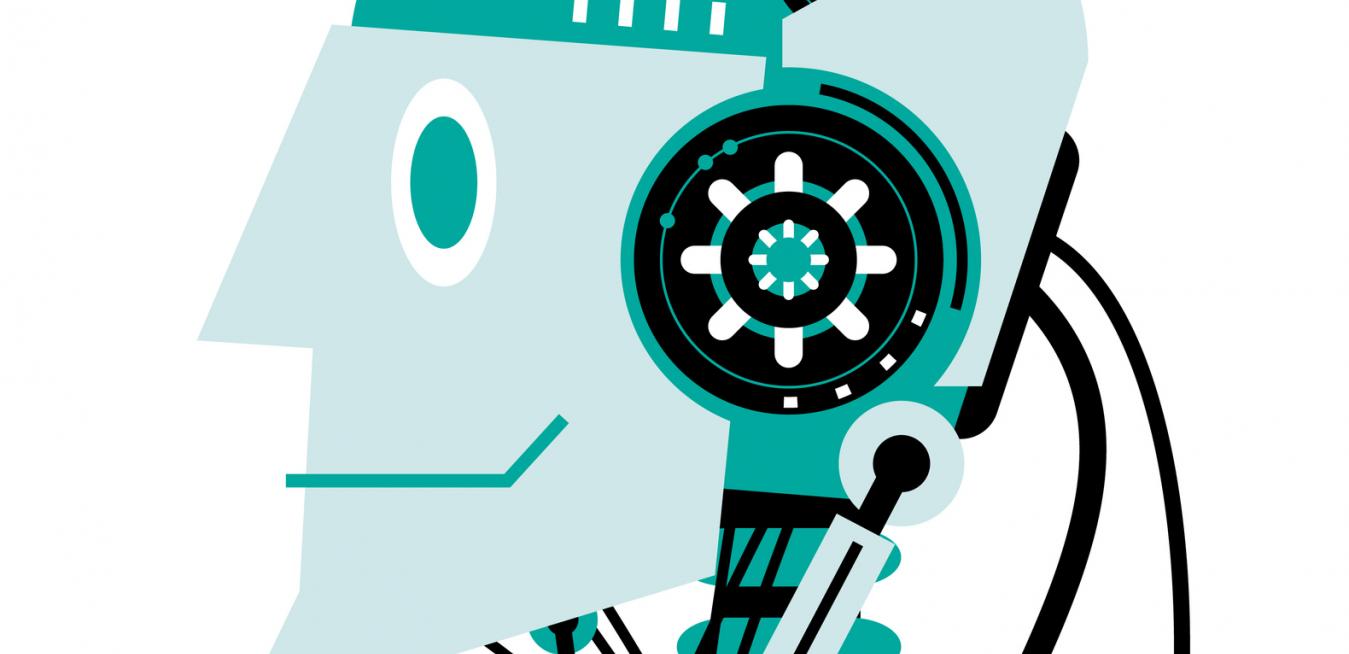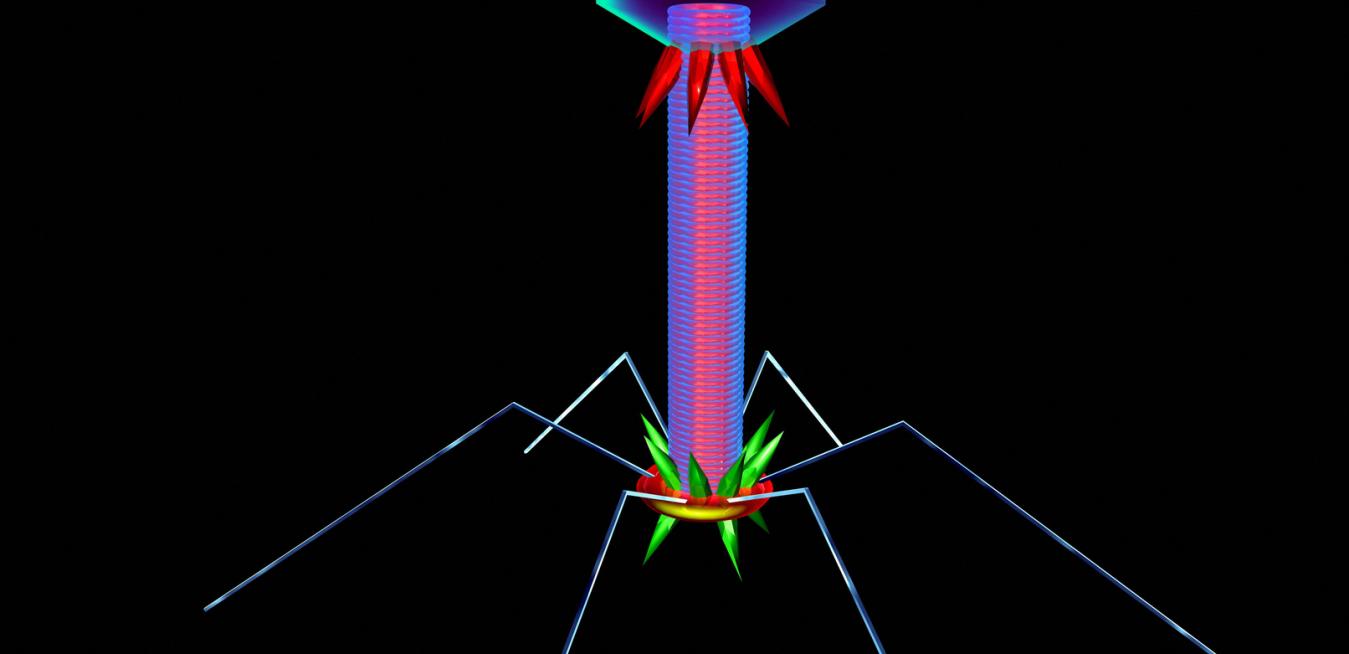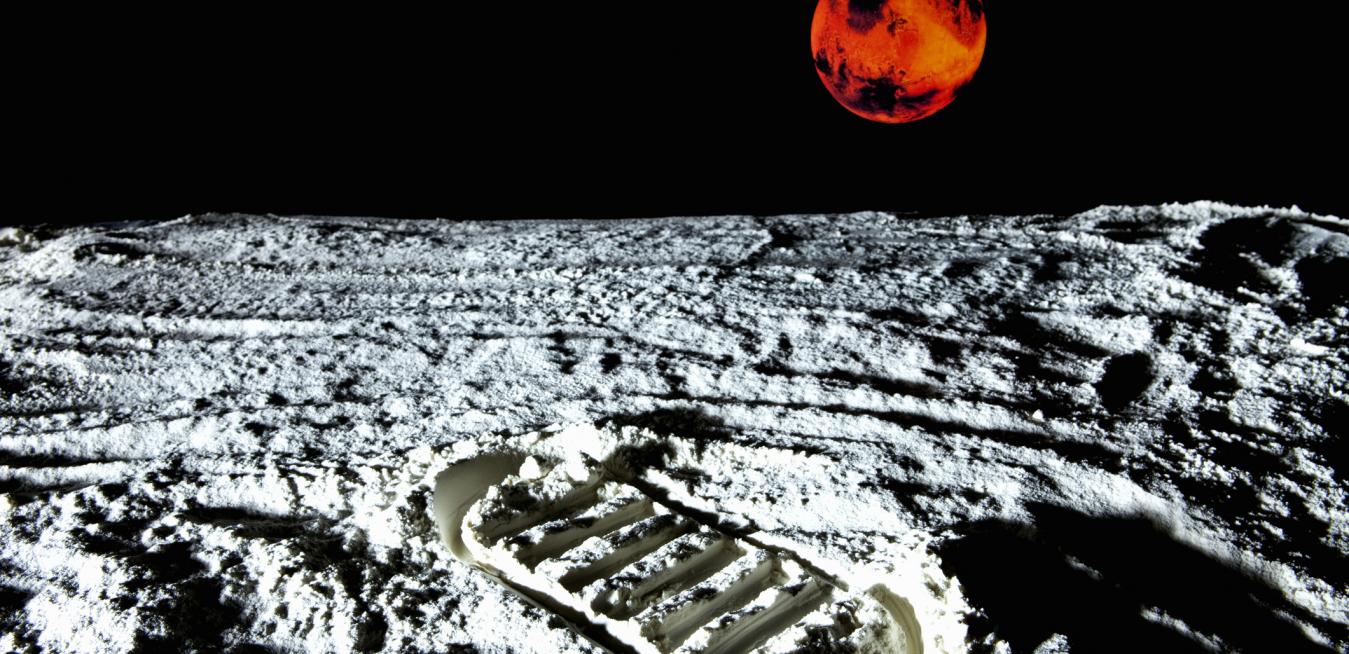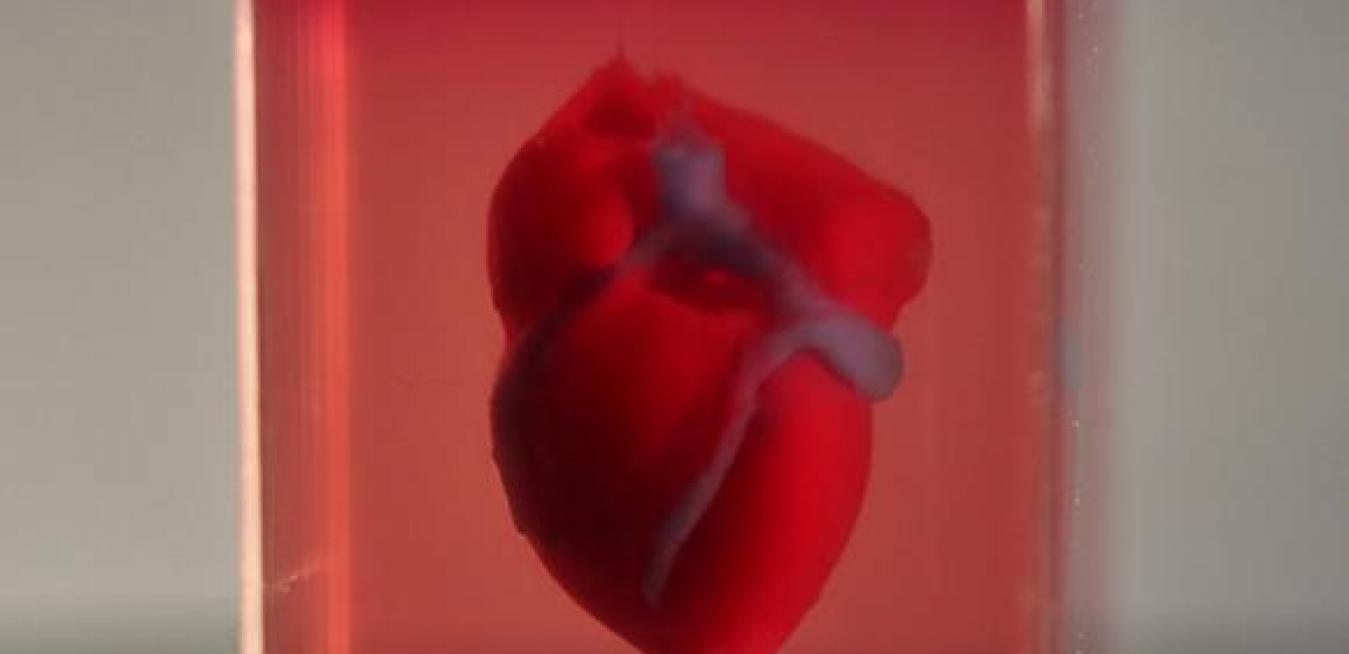Pulling A Rabbit Out Of A DNA Molecule
Clearing The Air
Metal That’s Got Mettle
https://www.youtube.com/watch?v=yjV76JgUF8w&feature=emb_logo
Gut bacteria that increase the performance of elite athletes, color-changing scorpion venom that’s also toxic to drug-resistant infection, beer labels that appear three-dimensional but are printed with regular ink on a regular printer — it’s a veritable grab bag of wonders in our latest roundup of the coolest discoveries in science and tech. Considered yourself forewarned, though: This week’s installment does include the phrase “hair farm.”
Scientists devised a microscopic “submarine” that could ply the deepest interiors of the human body, delivering drugs to the exact places they’re needed, while engineers built a prototype of an “air taxi” powered by hydrogen fuel cells, and astronauts on board the International Space Station studied the effect of cosmic radiation on DNA. We’re way past planes, trains, and automobiles in this week’s coolest scientific discoveries.
AI-trained robots are learning to read their surroundings based on just a few visual cues, and they’re becoming better drivers too; elsewhere, smart machines on the factory floor are working in “swarms” to increase quality and efficiency. It’s a bot’s life in this week’s 5 Coolest Things, which also include advances in electro-textiles and a fascinating insight into evolutionary biology.
Microscopic viruses could be ammunition in the fight against antibiotics resistance, a new technique could solve a shortage of lungs for transplants, and an effective, low-cost method of desalination could make industrial waste less toxic. Things are really looking up in this week’s coolest scientific discoveries.
A new kind of immunotherapy could be effective against colorectal cancer, 3D-printed digital microscopes could diagnose disease anywhere in the world, and 3D-printed living tissue could help treat disease way out of this world — even on Mars. Astronauts could also bioprint their own meat. Hungry for more of this week’s coolest scientific news? We’ve got a veritable bio-buffet.
Scientists are using 42,000-year-old DNA to try to clone an extinct horse, they’re harnessing human cells to 3D-print a functional heart for transplant, and they’ve figured out a way to construct a DNA material capable of metabolism — that’s to say, it contains some of the properties of life. There’s a lot of trippy stuff going on in this week’s coolest scientific discoveries, but here’s the bottom line: It’s aliiiiiiiiiiiiive!
A new device could bring DNA analysis to the bedside, 3D-printed tumors could help doctors attack cancer, and a know-it-all sensor that listens to electricity could spot a short in your home before you lose power. This week’s science news haul is pretty powerful.









